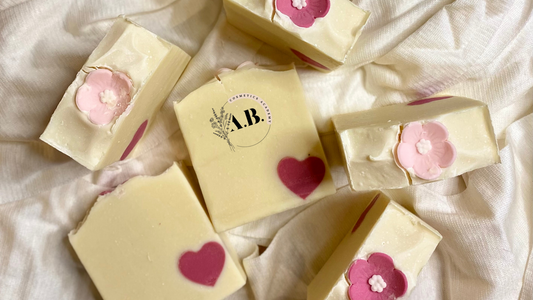A shampoo is the primary haircare product, the main function is to clean the hair and the scalp.
Our scalp releases sebum (fat produced by our sebaceous glands which protects our skin) and when it is not washed off, gives the hair the oily and dirty appearance.
Dust, environmental pollutants, and even small particles of keratin can also attach to the hair daily, therefore, to keep it clean we wash it regularly. Considering that the dirt in our hair is oily, which means insoluble in water, we cannot just use water to wash our hair, we need something to help rinsing off the dirtiness.
A shampoo should also, Close the cuticle and Balance the pH of the hair.
It should help remove dirt and soil from the hair and scalp (sebum, dust and styling products). It should make sure that cuticle cells are laid flat, to be able to protect the underneath layers from being damaged.
To close the cuticle and decrease the static electricity that causes tangles, a slightly acidic pH is needed.
A shampoo works by surrounding and trapping the fat (oils) and lowering the surface tension so that the oils can be washed off with water.
This process is only possible thanks to a substance called Surfactant. Surfactant is a shorter term for Surface Active Agent.
Without a surfactant, a shampoo just won't work, and this is the main reason why most DIY shampoo recipes don't work, they rarely (if ever) include a surfactant.
There are some excellent, gentle and natural ingredients that can be used to provide all the surfactant properties without harsh effects.
One of the reasons why DIY recipes usually don't work is that the people making them just don't know how essential surfactant is.
Beside the functions mentioned above, a good shampoo should also provide some benefits, such as being a moisturiser, treat the scalp, have an amazing scent, help with dandruff, be specific for different hair types.
We will make a moringa shampoo bar that will provide a lot of moisture, suitable for 4 type hair and will smell amazing.
Your Batch size
The first thing to do is to decide the size of your batch. In this class, we will make a 100gr Moringa Shampoo Bar.
To transform your formula into a recipe, just follow this simple step:
Percentage of the ingredient multiplied by batch size, divided by 100.
In this case, you don't need to make any calculations, just use the values in the formula below.

Material and Equipment:
- · silicone/plastic mould or shampoo bar press
- · gloves
- · mixing container
- · measuring spoons
- · water bath/bain marie
- · scale
Before you start, make sure your material and equipment are clean and sanitized, maintain a high level of personal hygiene and Use your personal protective equipment.
Procedure
1. Mix phase A ingredients in a container and melt in a water bath or double boiler, stirring occasionally. If you're using SCI noodles, you can transform it into a fine powder or use it as it is.
This can take a while (over 20 minutes) and the result won’t be liquid, but pasty.
2. Mix phase B ingredients in a separate container and melt in a water bath or double boiler and stir occasionally.
3. Once phase A is soft and homogenous, add phase B into phase A and stir using a spoon or a stirring rod.
4. Cool the mixture to approximately 50°C (113°F), making sure it’s still soft. Add phase C ingredients and stir.
5. Transfer the mixture into a mold (silicone or plastic molds work best) and put in the refrigerator for a couple of hours, until it solidifies.
6. Take the shampoo bar out of the mold and leave it to dry for a couple of days.
Recommended Shelf Life: 6 months.
Find the formulation of other shampoo bars in our Shampoo Bars E-Book in the link below.
https://www.adiatobalde.com/products/shampoo-bars
If you have any questions, leave us a comment below!



